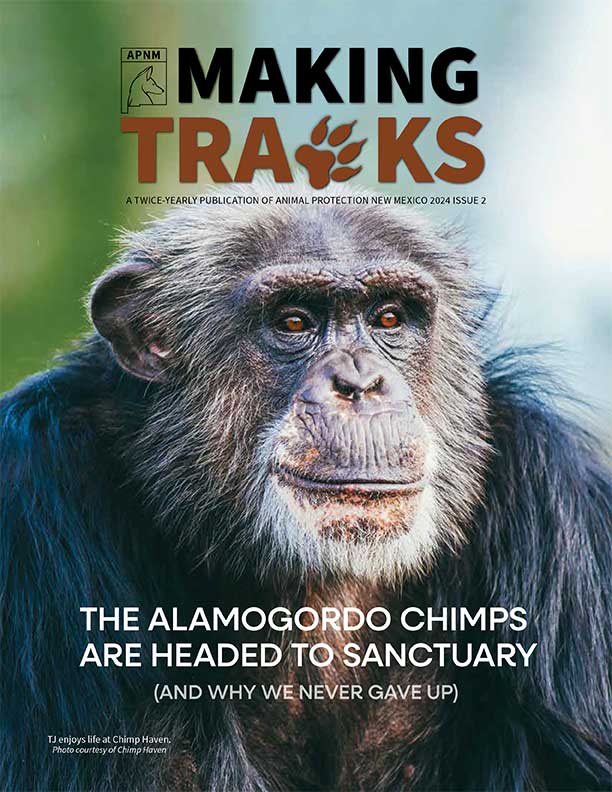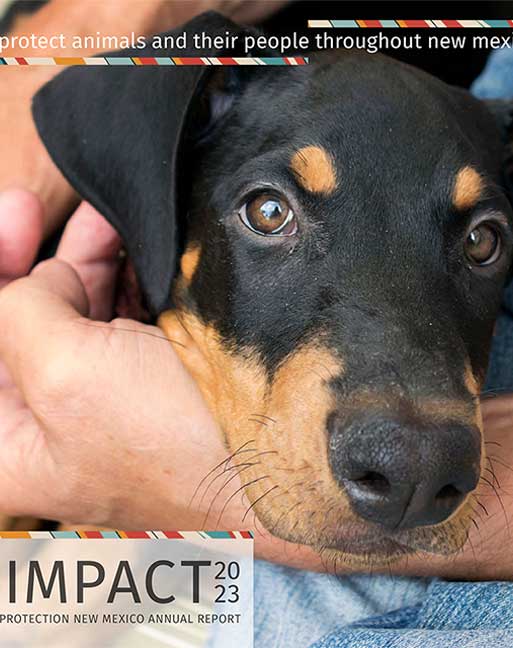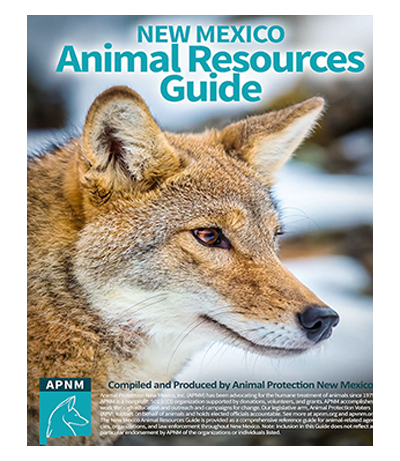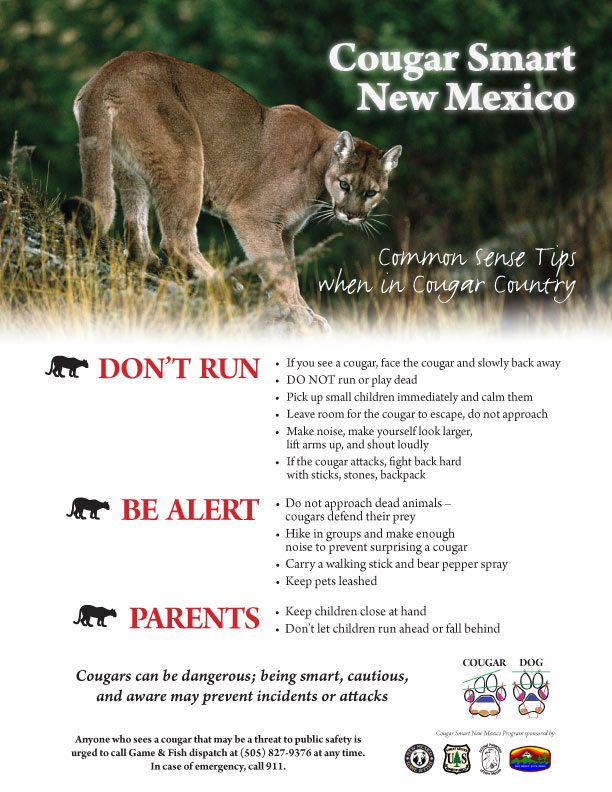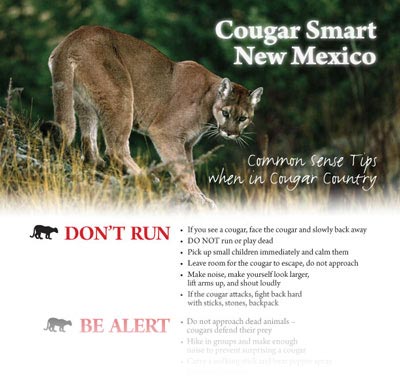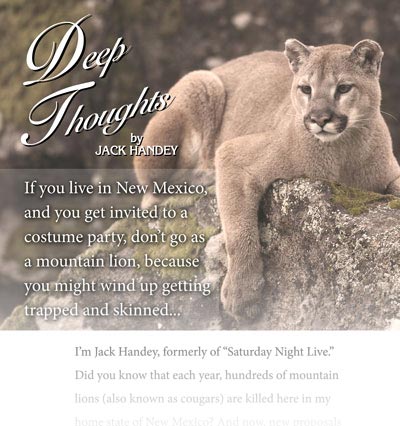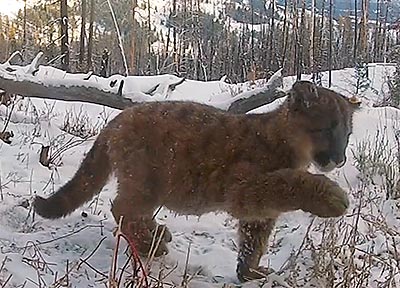The Proposal to Kill More Cougars Lacks Scientific Basis
New Mexico Department of Game & Fish (NMDGF) and New Mexico Game Commission have enacted changes to state regulations that inflict more cruelty on our cougars. The NMDGF cannot prove these changes are necessary; instead they are violating their mission by proposing irresponsible wildlife management.
- Since increasing the annual cougar harvest limit from 490 to 749 in 2010, hunters have killed less than 300 animals in a year. However, the department is claiming that the state must kill more cougars (including horrific deaths from traps) without being able to produce a scientifically defensible population estimate.
- Additionally, NMDGF approved a request by the New Mexico State Land Office (which is not a wildlife management agency) to newly allow trapping of cougar on 9 million acres of state trust lands that benefit public institutions in New Mexico. In doing so, NMDGF provided no justification, scientific or otherwise, for adding this request to the final rule change.
- NMDGF biologists have admitted publicly that they were not able to produce any new population estimates (not actual counts, but assumptions based on habitat) before the Game Commission voted on the new Bear & Cougar Rule. The department instead asked the public and the Commission to go along with their proposals on blind faith.
- Cougars regulate their own population. Overexploitation through hunting, trapping, and other causes of death is likely to throw the animals’ social structure into disarray and increase conflicts with humans and livestock.
The Cougar Rule Ignores Public Opinion
New Mexicans do not support increased take of cougars and are especially opposed to implementation of more trapping on our landscape. The NMDGF’s conduct during the public hearings for the 2015 Bear & Cougar Rule changes is eroding public confidence in their state agencies.
- Multiple reports and articles from attendees of NMDGF meetings in Spring and Summer 2015 indicate a pattern of selectiveness on the part of department in favor of public comments that support their proposals and dismissiveness toward comments that oppose departmental recommendations.
- The Albuquerque Journal issued two strong editorials in May 2015 calling upon the Game Commission to dismiss the proposals for cougar trapping, and urged them to focus on real science instead (read and share the editorials here and here).
- No other state—except Texas, where cougars are unprotected “varmint” species—is trapping of cougars legal. Just this year, the Wyoming legislature rejected a bill to legalize cougar trapping.
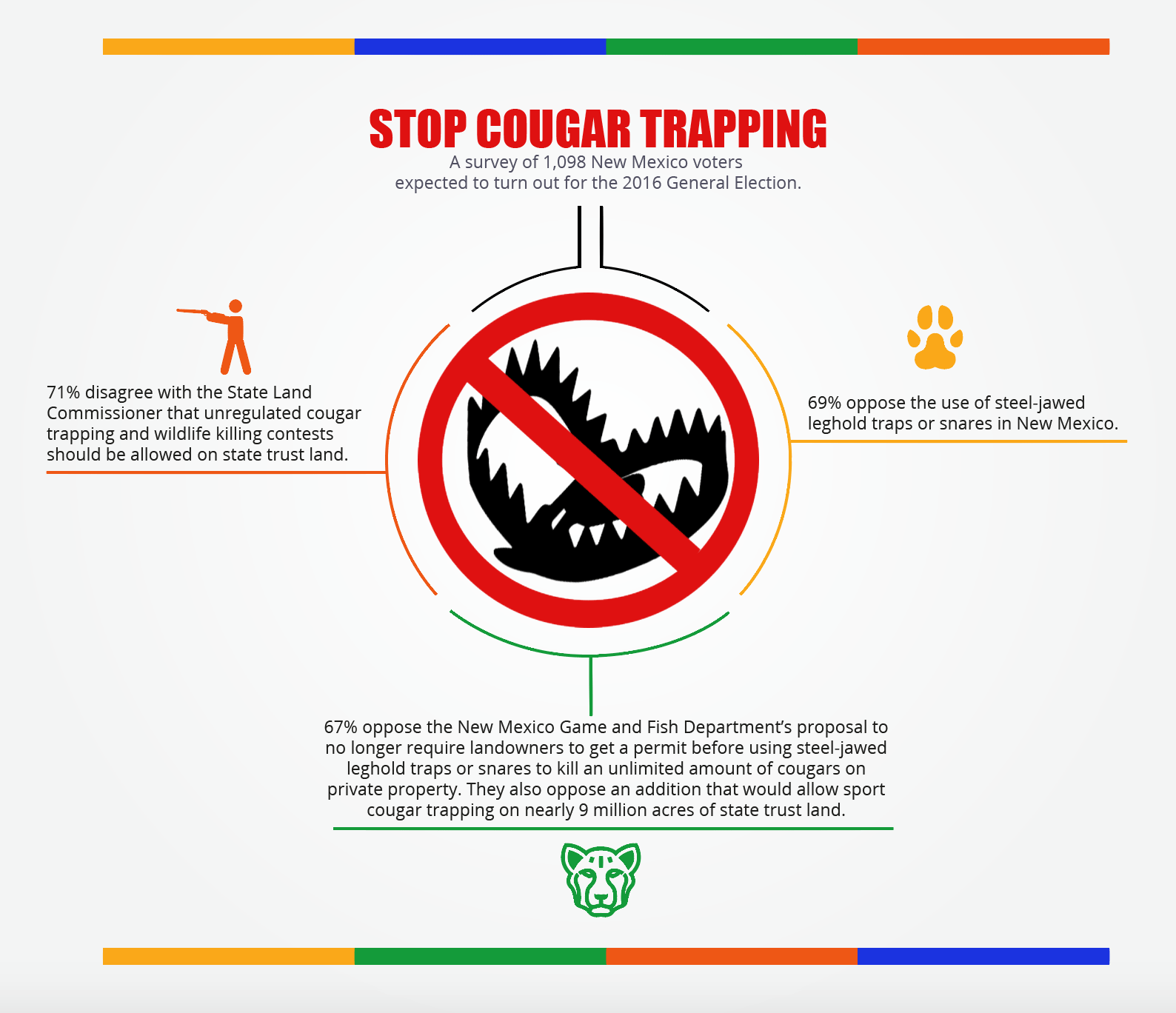
Cougars are Important to New Mexico
Shy, solitary, and mysterious, cougars represent nature at its wildest and most majestic. They have roamed the mountains, valleys, and canyons of New Mexico since time immemorial and represent a part of our natural heritage.
Once hunted to near extinction because of exaggerated myths about wild carnivores, biologists now understand that cougar are integral to ecosystem health and biological diversity. Cougars, top-level carnivores, help keep populations of their prey in balance, and also indirectly protect rare river systems in the arid West. They help harmonize the biotic food web for many plants and animals.
A few think that cougars should be killed en masse because of easily dispelled myths:
- Cougar attacks on humans are extremely rare and over exaggerated.
Fewer than 20 human fatalities have occurred in the U.S. since 1890 because of negative cougar encounters. Non-fatal attacks number around 100 in that same timeframe. - All activities in wilderness carry a slight risk. Common sense precautions should be a priority when hiking in cougar country. See Cougar Smart New Mexico for tips to keep you and your family and friends safe in cougar country.
- Cougars take few livestock. According to data from ranchers reported to the U.S. Department of Agriculture, less than one percent of predation on cattle comes from all carnivores together (including domestic dogs, coyotes, bears, bobcats, and wolves)–and less than four percent for sheep. Most unintended livestock losses come from inclement weather, birthing problems and disease–but not predation. Livestock owners can use a variety of non-lethal means to protect their stock from predation such as using enclosures during the lambing and calving season, using physical barriers such as fences and sheds, and removing ambush cover near pastured animals.
- Cougar benefit prey populations. The simplistic notion that predators alone control prey species’ numbers is unsupported in the scientific literature. The size of the prey population often drives the size of the predator population, and those populations cycle over time.Instead, carnivores modulate prey populations and make them more vigorous. Carnivores increase biological diversity and functionality of those systems. By modulating deer populations, for instance, cougar prevent overgrazing near fragile and rare Western river systems. The result: more cottonwoods, rushes, cattails, wildflowers, amphibians, lizards, and butterflies, and deeper, but narrower, colder stream channels that benefit native fishes.Prey species (such as deer and elk) experience population declines from a variety of factors, including over-hunting by humans, competition with domestic livestock, diseases from livestock, habitat fragmentation or loss, fire suppression, and poor weather conditions such as drought. Rarely do carnivores suppress their prey beyond the point of no return.Bighorn sheep populations, for instance, are in serious decline in the U.S. because of overhunting by trophy hunters, they succumb to disease carried by domestic sheep, and domestic livestock out-compete wild sheep for provisions.
Cougar Smart New Mexico
To some it might seem like killing cougar would protect human safety, but it does not work that way. There is no evidence that shows that increased take of cougar makes people safer, according to the Cougar Management Guidelines–a publication authored by 13 cougar biologists and reviewed by 30 others. Rather, abundant research indicates that the exact opposite is true. By overhunting a cougar population, the age structure in the populations changes to one that is younger and more socially unstable. In other words, killing cougar will not decrease and may actually increase the number of harmful encounters between cougar and humans or livestock.
Some people’s exaggerated fear of cougar should not inform how they managed. Cougar Smart New Mexico aims to address the small risk of cougar-human conflict in wilderness areas by providing educational materials for safe and responsible conduct.
This initiative, launched in 2010, is a collaboration among Animal Protection New Mexico, New Mexico Department of Game & Fish, the U.S. Forest Service, New Mexico State Parks Division, and Santa Fe County Open Space Program.
Trailhead posters / informational flyers are available, each containing concise tips for staying safe, especially when encountering a cougar. As with any wilderness area, recreators need to understand that wildlife inhabits the areas and that they should take necessary precautions.
To order Cougar Smart New Mexico materials or for more information, contact Animal Protection New Mexico’s Wildlife Campaign Manager.

